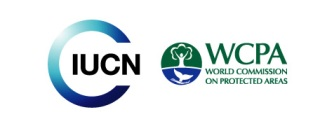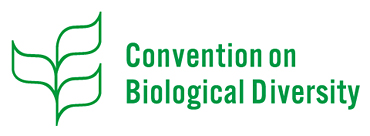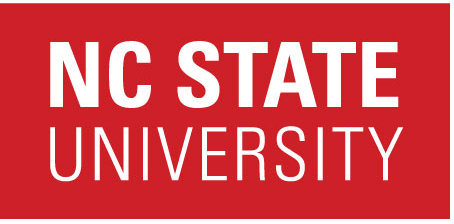PDF: Managing tourism at world heritage sites: A practical manual for world heritage site managers
Citation
Pedersen, A. (2002). Managing tourism at world heritage sites: A practical manual for world heritage site managers. Gland Switzerland: IUCN.
Download PDF
Summary
Introduction
Tourism is one of the world’s largest industries. The World Travel and Tourism Council (WTTC) estimates that
tourism generates some 12% of the world total GNP. With studies predicting continued growth, tourism is an
increasingly important factor in the planning and management at UNESCO World Heritage sites.
While no formal data have been collected, a site’s inscription on the World Heritage List often coincides with a boost
in visitation rates. Even at current rates, tourism is an important issue at World Heritage sites. A 1993 UNESCOUnited
Nations Environmental Programme (UNEP) study showed that most managers of natural sites regard it as a
key issue. Interviews and surveys carried out by the World Heritage Centre at cultural sites have revealed similar
concerns.
Tourism offers well-known advantages. Visitor fees, concessions and donations provide funds for restoration and protection efforts. Visitors may be recruited as friends of a site and can help generate international support. Tour operators and hotel chains can play a role in the management of a site by making financial contributions, aiding monitoring efforts, or instructing their clients in responsible tourism. Tourism can also promote cultural values by supporting local handicrafts or by offering alternative economic activities.
On the downside, tourism spawns well-known problems. Managing rapid tourism growth is a time-consuming process demanding clear policies, ongoing dialogue with stakeholders, and constant monitoring. Tourism activities require environmental impact assessments (EIAs) and procedures for minimising impacts. At sites with limited budgets and staff, growing tourism can stretch scarce resources and take managers away from protection efforts. While tourism can contribute to protection and restoration efforts, the right balance between economic gain and undesirable impacts can be elusive. Managers know that a tourist attraction must be periodically renewed to remain competitive. In the case of World Heritage sites, they are also aware that they are under an international obligation to maintain or restore the site’s original values. This responsibility poses difficult questions regarding the degree of change that should be permitted to accommodate tourism growth. Another problem is ensuring that a portion of tourism revenue remains in the community as a means of fostering local protection, conservation and restoration efforts.
To meet these and other challenges, managers have requested training and information on World Heritage as well as concrete examples of procedures for addressing tourism planning issues. The World Heritage Centre has responded by increasing its support for training in tourism management skills, including the publication of this manual. The manual addresses the needs identified by site managers and training centres. It provides a set of management methodologies and practices intended to help managers to solve tourism problems. It also establishes a common terminology with the aim of facilitating communication and information exchange among managers. Subjects include UNESCO, the World Heritage Convention and the World Heritage Centre, the tourism industry, working with the public, carrying capacity issues, tourism impacts, visitor management strategies, and interpretation and promotion; several of these subjects are illustrated by short case studies.
The manual also offers a set of tools applicable to designing surveys, monitoring policy and management implementation, promoting sites and communicating with stakeholders. Managers can select the procedures that are appropriate for different sites, and adapt them accordingly.
Readers will note that the manual addresses tourism at both cultural and natural sites. While visitor management poses different issues depending on whether a site is cultural or natural, the two types of sites have many concerns in common, including setting goals and objectives, working with stakeholders, dealing with issues of carrying capacity, and interpretation and promotional activities. Moreover, many World Heritage sites, though listed as either natural or cultural, protect both types of resources.
Experience has shown that visitor management is a balancing act requiring the establishment of a tourism policy based on conservation and preservation goals that will be supported by all stakeholders, while respecting legal mandates, encouraging ongoing debate and monitoring tourism activities. This manual attempts to bring these many factors together, to provide managers with a practical framework on which to base their efforts.




